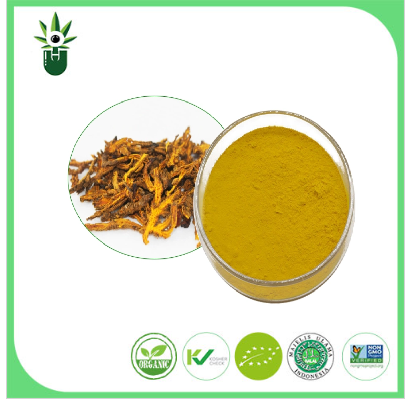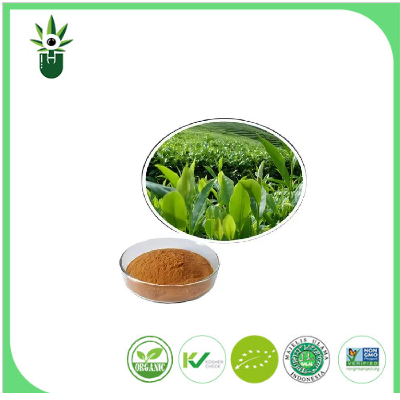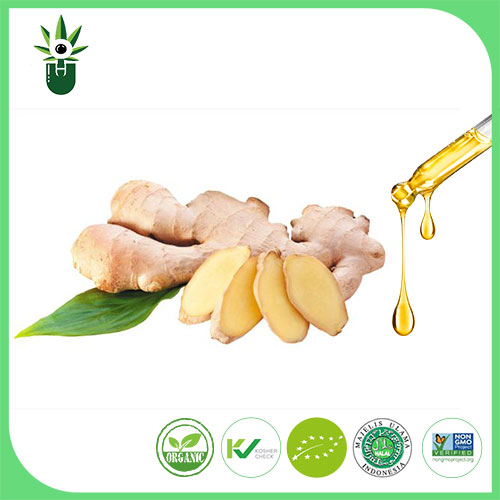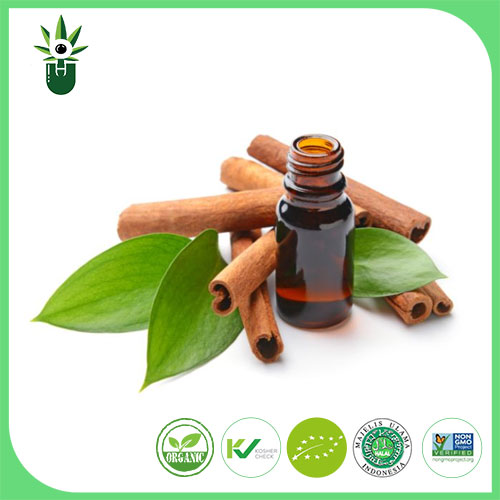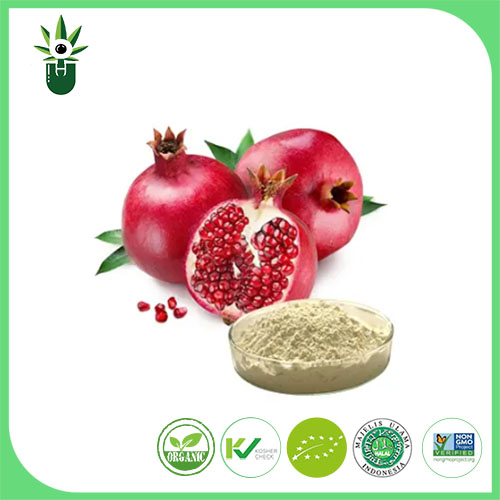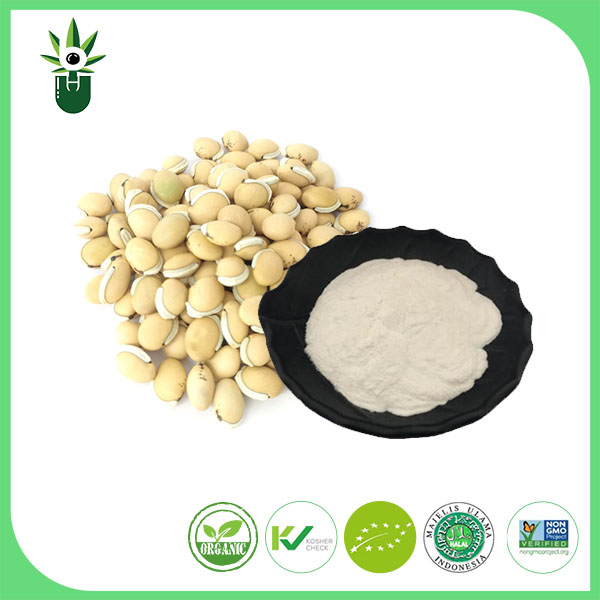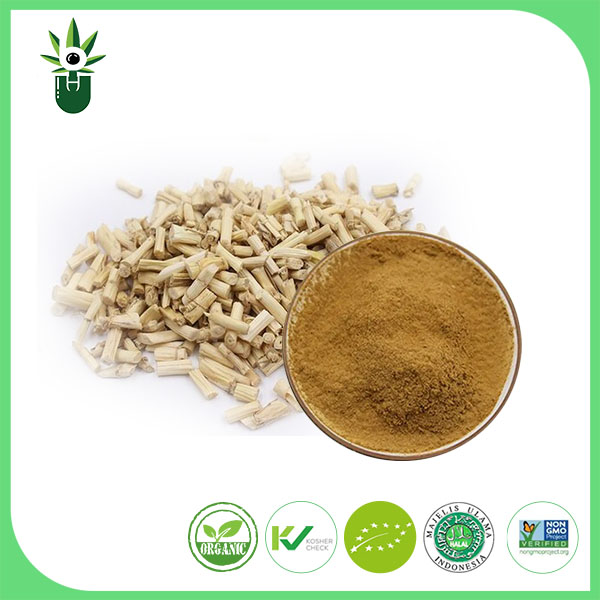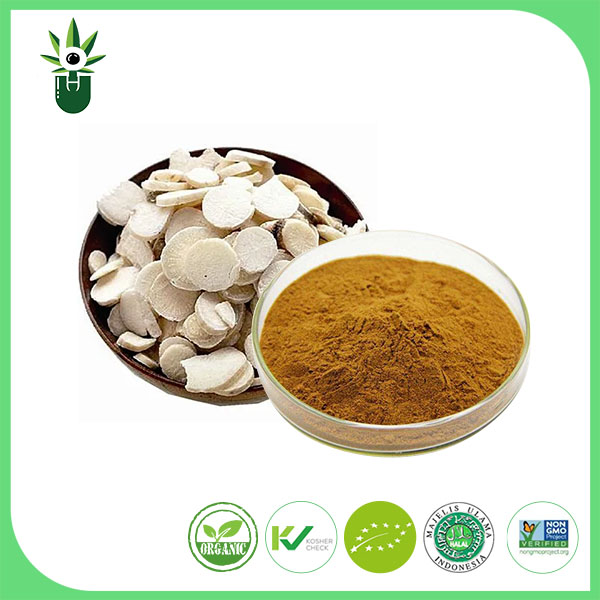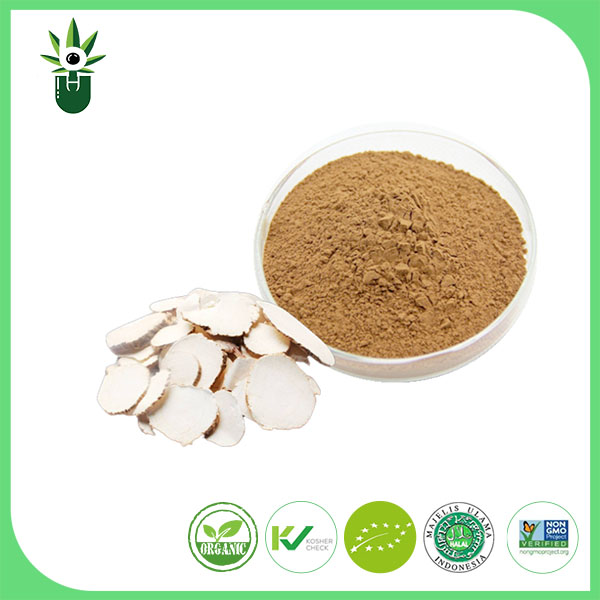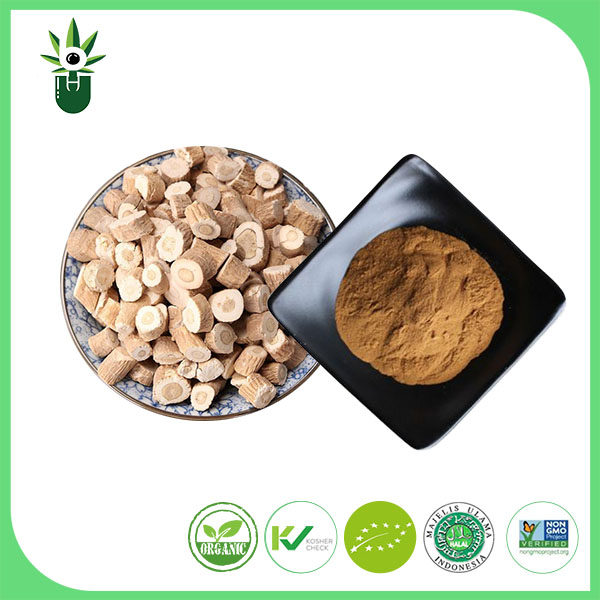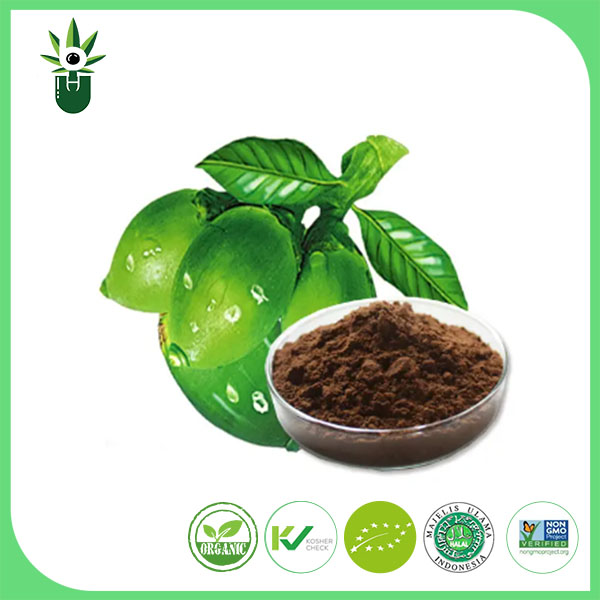
- English
- Español
- Português
- русский
- Français
- 日本語
- Deutsch
- tiếng Việt
- Italiano
- Nederlands
- ภาษาไทย
- Polski
- 한국어
- Svenska
- magyar
- Malay
- বাংলা ভাষার
- Dansk
- Suomi
- हिन्दी
- Pilipino
- Türkçe
- Gaeilge
- العربية
- Indonesia
- Norsk
- تمل
- český
- ελληνικά
- український
- Javanese
- فارسی
- தமிழ்
- తెలుగు
- नेपाली
- Burmese
- български
- ລາວ
- Latine
- Қазақша
- Euskal
- Azərbaycan
- Slovenský jazyk
- Македонски
- Lietuvos
- Eesti Keel
- Română
- Slovenski
- मराठी
- Srpski језик
Pomegranate Peel Extract
The main functions of pomegranate peel extract include clearing heat and detoxifying, astringent and antidiarrheal, moistening the lungs and resolving phlegm, dispelling dampness and diuresis, strengthening the stomach and digestion, relieving cough and resolving phlegm, etc. The main symptoms include diarrhea, oral ulcers, cough, mastitis, etc.
Send Inquiry
Pomegranate is a deciduous shrub or tree, usually 3-5 meters high, rarely up to 10 meters high. The tops of the branches are often sharp and long thorns, the young branches are angular and hairless, and the old branches are nearly cylindrical. The leaves are usually opposite, papery, oblong-lanceolate, 2-9 cm long, with short pointed, blunt pointed or slightly concave apex, short pointed to slightly blunt base, bright upper surface, slightly fine lateral veins; short petiole. The flowers are large, with 1-5 flowers on the top of the branches; the calyx tube is 2-3 cm long, usually red or light yellow, the lobes are slightly abducted, ovate-triangular, 8-13 mm long, and there is 1 yellow-green gland near the top outside, with edges There are small papillae; the petals are usually large, red, yellow or white, 1.5-3 cm long, 1-2 cm wide, with a rounded top; the filaments are glabrous, up to 13 mm long; the style is longer than the stamens. The berries are nearly spherical, 5-12 cm in diameter, usually light yellowish brown or light yellowish green, sometimes white, or dark purple. There are many seeds, obtuse-shaped, red to milky white, with fleshy outer testa for consumption. This product is the peel extract of Punica granatum L., a plant of the Pomegranate family.
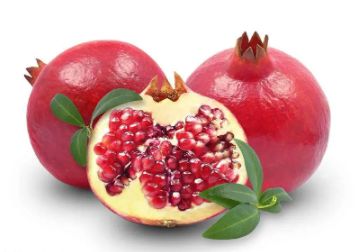
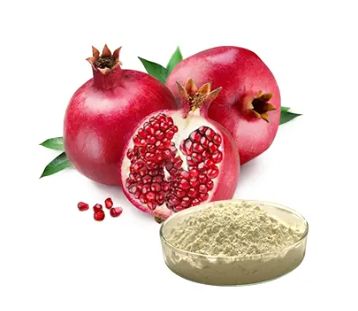
Product introduction
|
Product name |
Pomegranate peel extract |
|
Source |
Punica granatum L |
|
Extraction part |
dried peel |
|
Specifications |
Ellagic acid 10%-40% |
|
Appearance |
gray fine powder |
Application
1. Medicine;
2. Health food;
2. Cosmetics;
3. Plaster.

